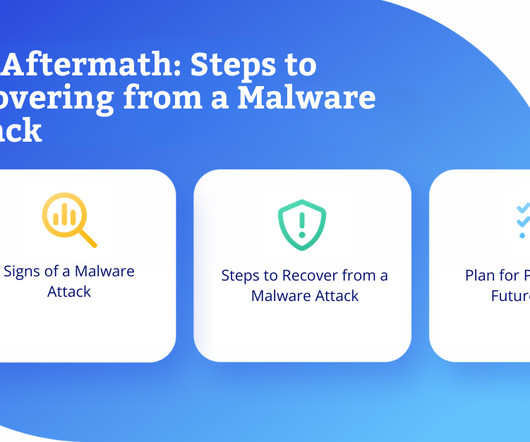The Aftermath: Steps to Recovering from a Malware Attack
Reciprocity
OCTOBER 7, 2024
Malware (shorthand for “malicious software”) is any intrusive software that can infiltrate your computer systems to damage or destroy them or to steal data from them. The most common types of malware attacks include viruses, worms, Trojans, and ransomware. Malware attacks are pervasive, and can be devastating to an unprepared business.













Let's personalize your content